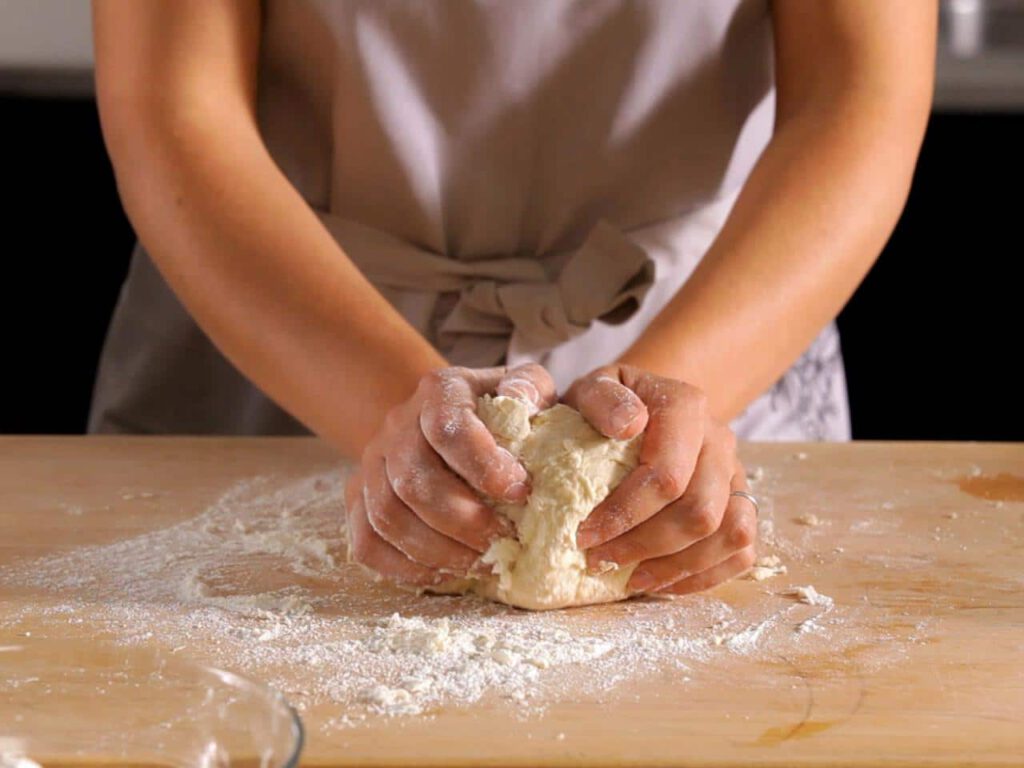Sometimes it seems like screens and devices are becoming permanent fixtures, and getting your kids involved in healthy, stimulating activities can feel difficult. If you’re searching for practical alternatives to keep your kids engaged outside of screen time, we’ve got some ideas for you.
Educational and rewarding STEAM (science, technology, engineering, art and math) activities can help get your kids away from those pesky screens. Instead of turning on another movie or starting up a new game, consider engaging your kids in a fun science experiment.
Science experiments for kids can be so much more than the the same baking soda volcano many of us remember from our own childhoods. By combining creativity and art with scientific concepts and skills, a whole world of adventure opens up. These experiments can help kids build innovation and problem-solving skills, let them practice and apply their math and engineering knowledge, and help them to develop creative approaches to challenging situations.
Through trial and error, learning from mistakes, and having fun, kids can achieve amazing things. So go ahead—STEAM-power your next weekend and get your kids up, active, and involved in a new way of learning.
Tornado In A Bottle
Here’s a simple whirlwind activity that will sweep your kids off their feet.
With only two bottles, a small tube, glitter/food coloring, and some water you can get your kids to create their own tornado.
All you need to do is connect the two bottles with some water inside. Flipping them over and moving the bottles in a circular motion creates a vortex as the bottle drains. The combination of upward airflow and falling water creates an awesome mini tornado.
This can teach your kids about science—like vortexes and weather systems—while simultaneously giving them a chance to get creative with arts and crafts.
Instant Ice
All you need to do is keep a bottle of water in the freezer for 2 – 2.5 hours, along with forming a giant cube of ice overnight. Once the water is seriously cold, simply pour it over the ice and watch as the water freezes upon impact, forming interesting shapes and structures called stalagmites. If you’re having trouble with getting the shapes to form, try adding a bit of salt to the ice cube.
This instant ice experiment will have your kids entertained by both physics and sculpting while having a whole lot of fun in the process.
Bake Bread
Now here’s a bit of science that we don’t often think about. This totally delicious bread baking experiment can be enjoyed not only throughout the process of making it, but also in the tasty results. Remember to closely monitor your kids around the oven to avoid any accidents or injuries!
All it takes is flour, sugar, yeast, and milk (or water). As your kids get hands-on with the baking, they can learn about activating yeast and how full of life bread actually is. Let your kids get creative with flavoring and forming the bread. Herbs and spices? Fancy braids? The sky’s the limit.

No matter what the results, this experiment will teach your kids something. Whether they learn about food and cooking, science or using their hands, this is a very rewarding experiment.
Homemade Lava Lamp
This mesmerizing activity is a wonderful way to get your kids experimenting with something exciting and new. You only need a bottle, water, oil, food coloring, and a bit of Alka-Seltzer to get this party started.
With the oil and water separating, and the Alka -Seltzer providing the fizz, your kids will love making their own little lava lamps. Kids can learn about density, the concept behind this experiment, while they get hands-on in building their own lava lamp creations.
Sprout Some Seeds
This basic lesson in botany is a great deal of fun and can lead to further family activities in the future. It doesn’t require much to sprout your own seeds at home, but the process will have your kids excited each day as they watch their little plants grow.
Swing by a hardware store for some some planting seeds and some soil, then raid the recycle bin for an egg carton. After filling each hole in the egg carton with soil and planting the seeds according to the recommended depths on the seed package, place them on a windowsill or somewhere safe outside. Check back in over the following days and weeks to see watch the plants sprout.

Children love to get their hands dirty in the soil, and this is a great way to teach them gardening skills for the future. More than that, though, this fruitful experiment can help impart lessons of biology, perseverance, trial, and error.
—
Whether your kids get a kick out of classic science experiments, arts, crafts, reading, cooking, gardening or other related activities, there is always a fun way to teach them new things through STEAM-based activities. When they discover just how much fun at home science experiments can be, you can count on hearing fewer pleas for screen time.
If you’re interested in learning more about our fun-filled, curiosity-sparking summer camps in your area, click the button below to find a camp ????



